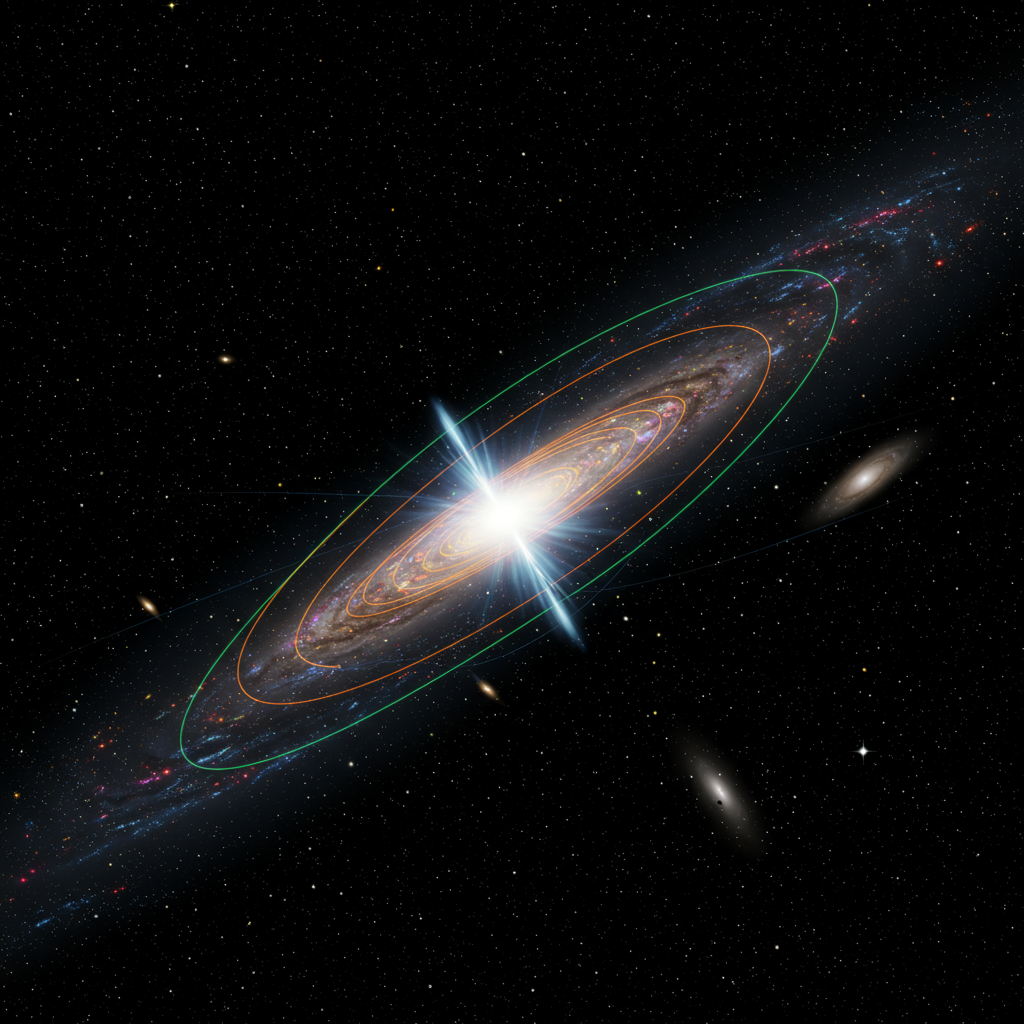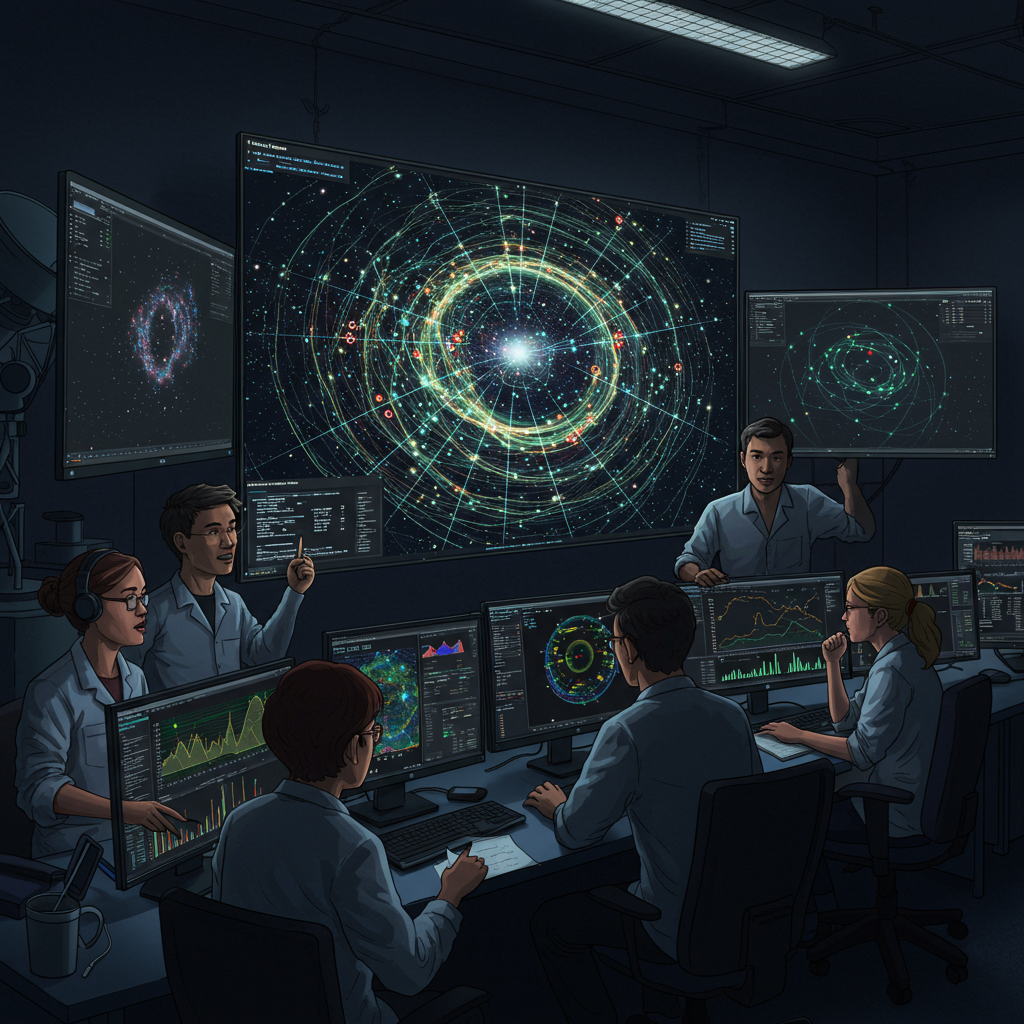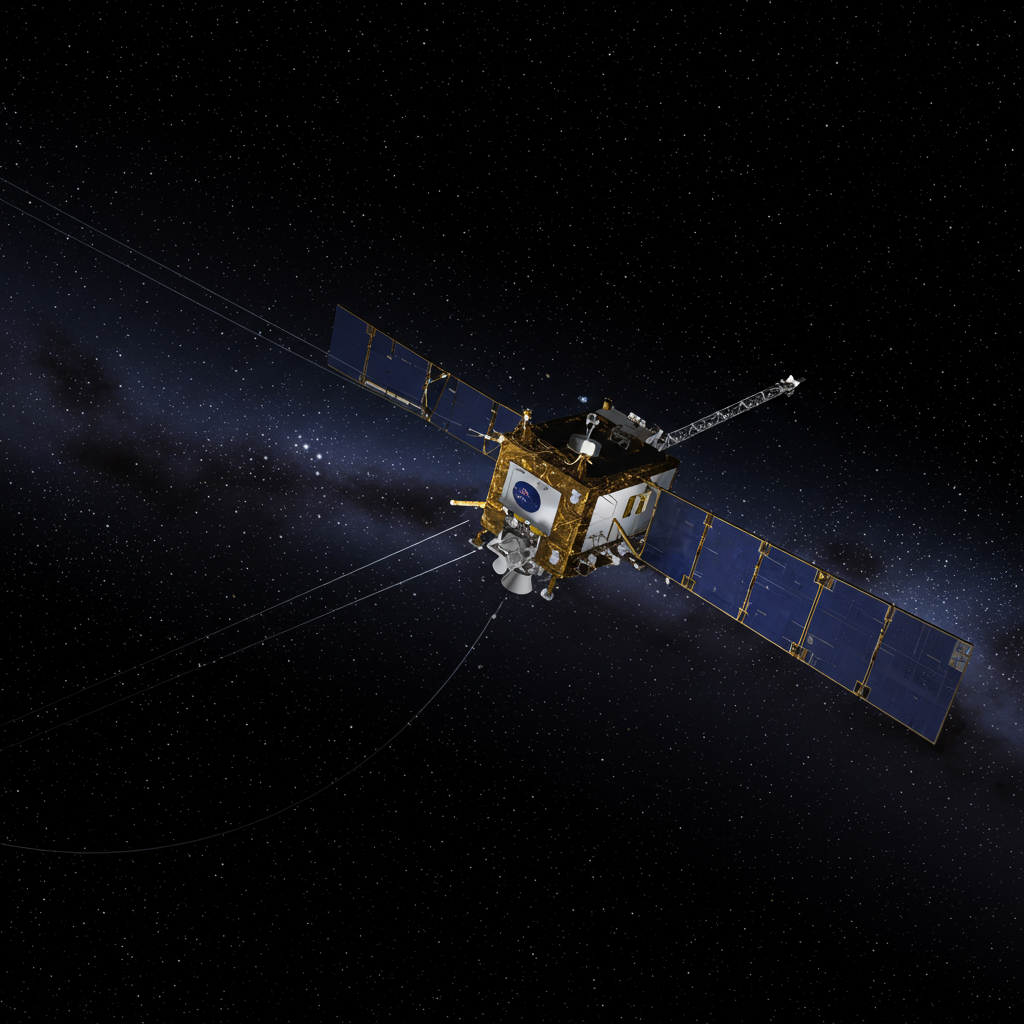The recovery of the world’s oldest ice core from Antarctica marks a monumental leap forward in understanding Earth’s past climate. This remarkable achievement offers scientists an unprecedented window into over 1.5 million years of our planet’s environmental history. Researchers hope to unlock profound insights into pivotal climate shifts, providing invaluable context for predicting our future in a warming world. This pioneering discovery is set to revolutionize climate change research globally.
Unearthing a Vanishing Archive of Time
Deep beneath Antarctica’s frozen expanse, an international team of scientists has successfully extracted what is believed to be the planet’s most ancient ice core. This “unassuming, icicle-like tube” was drilled from a remarkable depth of 2,800 meters (approximately 1.74 miles) in the East Antarctic Peninsula, near the French-Italian Concordia research station at Little Dome C. The location is notoriously harsh, with summer temperatures plummeting to -30°C and winter temperatures reaching -80°C.
This extraordinary ancient ice core significantly surpasses the previous record of 800,000 years, effectively doubling the direct atmospheric record available to scientists. Until now, much of the understanding of climate cycles beyond 800,000 years relied on less direct evidence from marine sediments. The meticulous process of drilling and transporting these fragile, 1-meter blocks of ice was an immense logistical challenge, requiring a -50°C cold chain aboard the icebreaker Laura Bassi and specialized cold vans to reach laboratories in Europe, including the British Antarctic Survey (BAS) in Cambridge, UK.
The Science of Ice Core Revelation
Ice cores are nature’s pristine archives. As snow falls and compacts over millennia, it traps tiny air bubbles, dust, volcanic ash, and even microscopic marine algae (diatoms) within its layers. These encapsulated remnants serve as direct time capsules, preserving invaluable information about past atmospheric conditions.
Dr. Liz Thomas, head of the Ice Cores team at the British Antarctic Survey, highlights the potential: “We really are exploring a completely unknown time in our history.” Over the coming years, scientists will meticulously analyze these samples. This involves slowly melting the ice in a process called Continuous Flow Analysis, which releases the trapped air and particulate matter. Specialized machines, like an inductively coupled plasma mass spectrometer (ICPMS), will then measure over 20 elements and trace metals, chemical isotopes, and sea salts. This detailed analysis will reconstruct historical greenhouse gas concentrations, atmospheric temperatures, wind patterns, and the extent of sea ice over an astonishing 1.5 million years.
Decoding Earth’s Ancient Climate Signals
A primary objective of this groundbreaking research is to solve one of the most exciting unsolved questions in climate science: the Mid-Pleistocene Transition. This refers to a dramatic shift in Earth’s glacial-interglacial cycles that occurred around one million years ago. Prior to this period, the planet experienced ice ages and warmer interglacial periods approximately every 41,000 years. Abruptly, these cycles lengthened to roughly 100,000 years.
Understanding the cause of this fundamental change is crucial. Dr. Thomas notes that during this earlier period, “there’s evidence to suggest that the ice sheets were actually smaller, sea levels were potentially higher, and CO2 similar to today.” Studying an epoch where natural carbon dioxide levels were comparable to modern, human-influenced concentrations can offer vital insights into Earth’s sensitivity to greenhouse gases. This paleoclimate data provides critical context for refining predictions about future planetary responses to rising greenhouse gas levels and potential sea level rise.
Beyond EPICA: A Collaborative Global Effort
The recovery and analysis of this oldest ice are part of the “Beyond EPICA – Oldest Ice” project, a massive multinational undertaking funded by the European Commission. This collaborative effort brings together 12 institutions across 10 European countries. Project coordinator Carlo Barbante of Ca’ Foscari University of Venice emphasized that this 2.8-kilometer core, reaching the bedrock, provides the longest continuous record of Earth’s climate history from an ice core. Sections of the core are being analyzed in laboratories in the UK, Germany, and Switzerland, showcasing the global commitment to unraveling these ancient secrets.
The Broader Picture: Other Urgent Climate Archives
While polar ice cores offer unparalleled long-term records, the quest for vital climate data extends beyond the poles. The urgent global effort to preserve Earth’s “vanishing archives” highlights the broader scientific race against time as the planet warms.
University of Alberta scientists Alison Criscitiello and Duane Froese exemplify this critical work:
Alison Criscitiello: Preserving Non-Polar Ice Cores: Criscitiello, an ice core scientist, emphasizes the critical lack of long-term climate information from non-polar regions, such as mountain glaciers. These high-altitude archives are particularly vulnerable to melting. Her expeditions, like the one to Mount Logan in Canada, aim to extract regional climate records that polar cores cannot provide (e.g., North Pacific fire history). The Canadian Ice Core Lab (CICL) at the University of Alberta plays a vital role, housing tens of thousands of years of climate records and serving as a national treasure for climate change research.
Duane Froese: Uncovering Imperiled Permafrost: Geoscientist Duane Froese studies permafrost, ground that remains frozen for at least two years. Permafrost acts as an unparalleled preserver of past life and, crucially, stores an estimated 1,500 gigatons of carbon in Canadian soils alone – roughly twice the amount currently in the atmosphere. Thawing permafrost poses significant risks, including the release of immense greenhouse gas quantities, ecosystem disruption, and damage to infrastructure built on frozen ground. Froese employs advanced mapping technologies and collaborates with Indigenous communities to monitor these rapidly thawing archives.
These diverse efforts underscore the global scientific community’s dedication to understanding Earth’s past to inform its future.
Why This Matters for Our Future
The insights gleaned from this ancient ice core are not merely academic; they are vital for humanity’s future. By studying how Earth’s climate responded to natural fluctuations in greenhouse gas concentrations in the deep past, scientists can refine climate models and make more accurate predictions about the planet’s future trajectory. This historical context helps us understand the potential scale and speed of environmental changes, including shifts in ice sheet dynamics and sea level history.
While the ice core offers a window into periods of natural climate change, Dr. Thomas emphasizes a critical distinction: the rapid rise in warming gases over the last 150 years is human-caused, pushing the planet into “uncharted territory.” This research, therefore, provides a crucial benchmark. It allows scientists to compare current human-induced warming with natural variations, highlighting the unprecedented speed and scale of today’s climate crisis. The meticulously preserved record empowers scientists to provide valuable guidance as humanity navigates its future in a warming world.
Frequently Asked Questions
What is the “Beyond EPICA” project and its main goal?
The “Beyond EPICA – Oldest Ice” project is a major international scientific collaboration funded by the European Commission. Its primary goal is to retrieve and analyze the oldest continuous ice core record from Antarctica, aiming to extend climate history beyond the previous 800,000-year limit to at least 1.5 million years. This enables scientists to “unlock Earth’s climate evolution” by understanding past atmospheric conditions and pivotal climate shifts.
Where is the oldest ice core being analyzed, and what techniques are used?
The recovered ancient ice core is primarily being analyzed at the British Antarctic Survey (BAS) in Cambridge, UK, and other participating European laboratories in countries like Germany and Switzerland. Scientists use techniques such as Continuous Flow Analysis, where the ice is slowly melted to release trapped air bubbles, dust, and other materials. An inductively coupled plasma mass spectrometer (ICPMS) then measures various chemical elements and isotopes to reconstruct past temperatures, wind patterns, and greenhouse gas levels.
How does studying ancient ice help us predict future climate change?
Studying ancient ice cores provides invaluable context for future climate predictions. By examining periods in Earth’s history, such as the Mid-Pleistocene Transition (around one million years ago), where natural CO2 levels were similar to today’s, scientists can understand how the planet’s climate and ice sheets responded. This historical data helps refine complex climate models, improving their accuracy in forecasting the effects of ongoing human-caused greenhouse gas emissions on global temperatures, sea levels, and extreme weather events.
The recovery and ongoing analysis of this ancient ice core represents a profound step in environmental science. It not only fills critical gaps in our understanding of Earth’s past climate but also provides essential data to guide our actions in addressing the challenges of a rapidly changing planet. This deep dive into our planet’s past offers perhaps our best hope for navigating its future.




